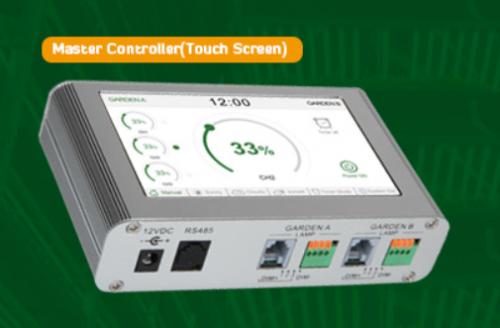What does full spectrum grow lights really mean?
What does full spectrum grow lights really mean?
Searching for ‘Full Spectrum Grow lights’ in Google will produce 22 Million results with thousands of different light manufacturers lights, all claiming to provide a full spectrum to grow plants.
Plants need sunlight to grow, so Grow Lights that provide a ‘Full Spectrum’ are the same as sunlight, right?
The Short answer is no.
The term ‘Full Spectrum’ is often used to market a grow light, but this is a marketing term and actually doesn’t mean that the light will produce the Sun’s spectrum.
Sun is a giant ball of gas at the centre of our solar system, so trying to exactly replicate Sunlight isn’t possible.
What does Full Spectrum mean if we can’t replicate Sunlight?
If you see ‘Full Spectrum’ mentioned on LEDgrow.co.nz what we mean is that you can use one light and one spectrum for all stages of plant growth.
You can grow vegetables, fruit, or flowers with full spectrum grow lights without the need to change spectrum.
Experienced indoor growers will have used HPS and MH lighting for indoor growing.
The old way to grow was to start with a Blue Vegetative lightbulb, and then switch to a Red lightbulb for the second phase of growth for Flowering and Fruiting plants.
The change of light spectrum causes stress on your plants. This plant stress makes flowering and fruiting time longer.
So Should I just ignore the Light spectrum when buying an LED Light?
Light technology has come a long way in recent years. It is possible to use the latest Horticultural LED light technology to grow the best indoor plants. It’s important to pay attention to grow light spectrum if you want to grow the best flowers or the biggest Fruit.
LED Grow lights which are designed for horticultural will usually grow the best plants.
If we can’t replicate the Sun what’s the difference between a cheap grow light and an expensive grow light?
Cheap grow lights use cheaper light diodes.
If a grow light appears to be white, then it will likely contain a lot of green in its spectrum.
This type of LED light is mass produced for in Home lighting ,Televisions, Street lights, and Stadium lighting.
It’s easy to repurpose some LED street lights into grow lights when they’re mounted far enough away from your plant canopy.
This type of lighting is typically called ‘high bay led lighting’, and sometimes you will find these kinds of lights in commercial grow houses.
The lights will appear very powerful because they’ve been optimized to be as bright as possible for Humans.
As the saying goes: ‘lumens are for humans’. Lights that appear powerful and contain a lot of green in the spectrum are great for carparks and stadiums, but aren’t the best for growing plants.
Growlights
-Quantum board
-S60
-Mars TS1000
More expensive grow lights use more expensive horticultural light diodes which are only used for growing plants.
Horticultural diodes don’t usually appear white to the human eye, but this means that there is no light energy wasted on light spectrums that plants can’t use.
You can find Horticultural Grow lights here:
What If I want to change LED Light spectrum for Flowering or Fruiting plants?
If you’d rather manually change spectrum, you can find Grow lights on LEDgrow.co.nz which give you the ability to change Vegetative, Flowering, and UV spectrums yourself.
LED Grow’s S Series Range includes three Dimmers so that you can tune your light yourself at different stages of plant growth.
You can also purchase an LED grow light controller separately, which has inbuilt settings for Summer, Winter, Spring, and Autumn.
-
 LEDGrow Light Controller$449.00
LEDGrow Light Controller$449.00
Fohse LED Grow Lights also let you change spectrum with the Digital LED controller (Purchased Separately).

